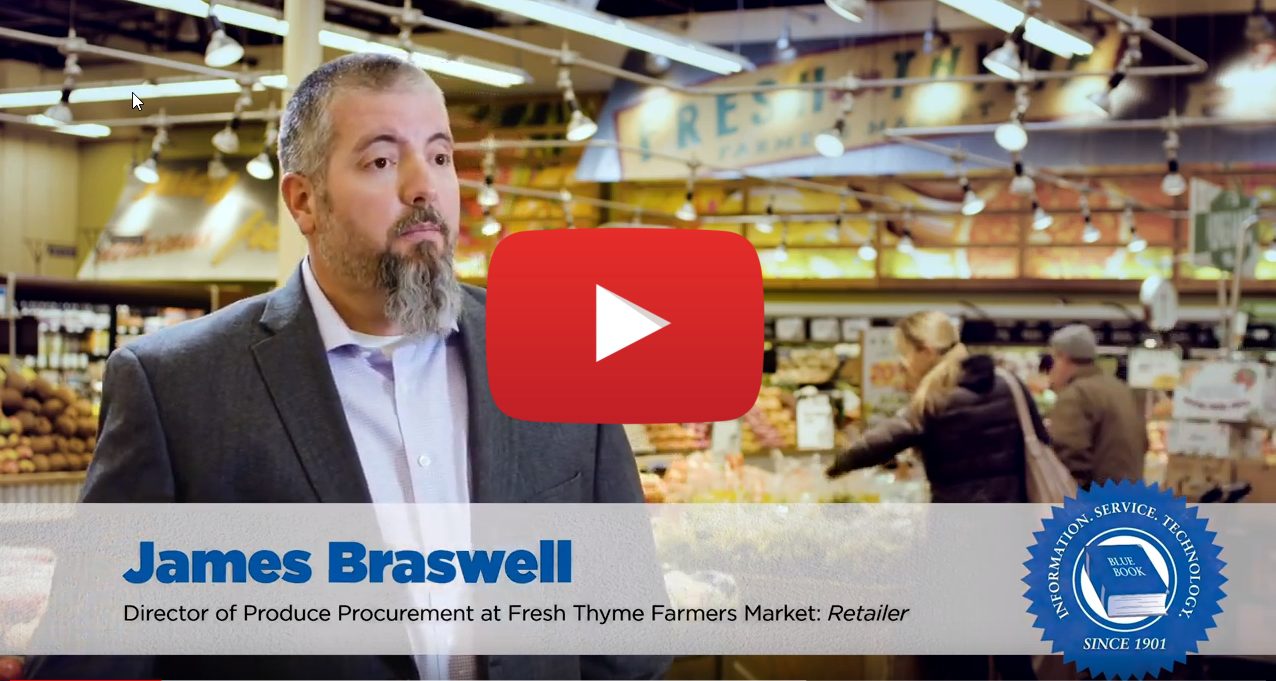Garlic buyers could have some problems finding steady supply this spring as demand rises.
Markon Cooperative BB #:123315 says California’s garlic crop will experience a supply gap this spring because of reduced yields and increased foodservice demand.
“Imported peeled garlic will be supplemented until the new crop California harvest begins in late June 2021,” Markon says in a report to customers. “Ready-Set-Serve (RSS) Peeled Garlic from California will be extremely limited over the next 10 weeks; packer label peeled garlic from Argentina and Mexico will be substituted as needed.”
However, one of the largest garlic suppliers in California says it will have steady supplies this spring.
“At Christopher Ranch we work with our partners to build annual supply programs,” said Ken Christopher, executive vice president of Christopher Ranch, LLC, BB #:112573, Gilroy, CA.
“As the largest grower of California Heirloom garlic, we inventory our product to fulfill forecasted demand. It is true that we’ve seen unprecedented demand for California garlic across the board, but we’ve been closely managing our inventories to ensure minimal disruption to supply chains.”
Christopher said Christopher Ranch will continue to provide California Heirloom garlic to customers through to new crop in early June.
“Other garlic suppliers are much more reliant on internationally sourced garlic imports, and as such are far more likely to have supply issues, especially with the unprecedented demand surge due to the pandemic,” he said.
Christopher said he’s also seeing foodservice demand increase, and that’s a good thing.
“We’re optimistic that sustained increases in demand for California garlic will continue, as over the last year, more and more consumers nationwide have become more interested of the origin of their food items,” he said.
Markon said imported garlic has a different flavor profile than domestic, and buyer should be aware of the difference.
“California-grown RSS Peeled Garlic tends to have pungent flavor with high oil content; this is due to land rotation (growers not planting on the same soil every year). Growers in Argentina and Mexico rotate crops, but not as often; this weakens pungency and lowers oil content. Chinese farmers do not employ crop rotation; planting the same ground year after year causes the garlic to be the least pungent with the lowest oil content.”
Markon says Mexican garlic will enter the market in May but expect higher prices for the next three months until California new crop supplies become available in late June-early July.



